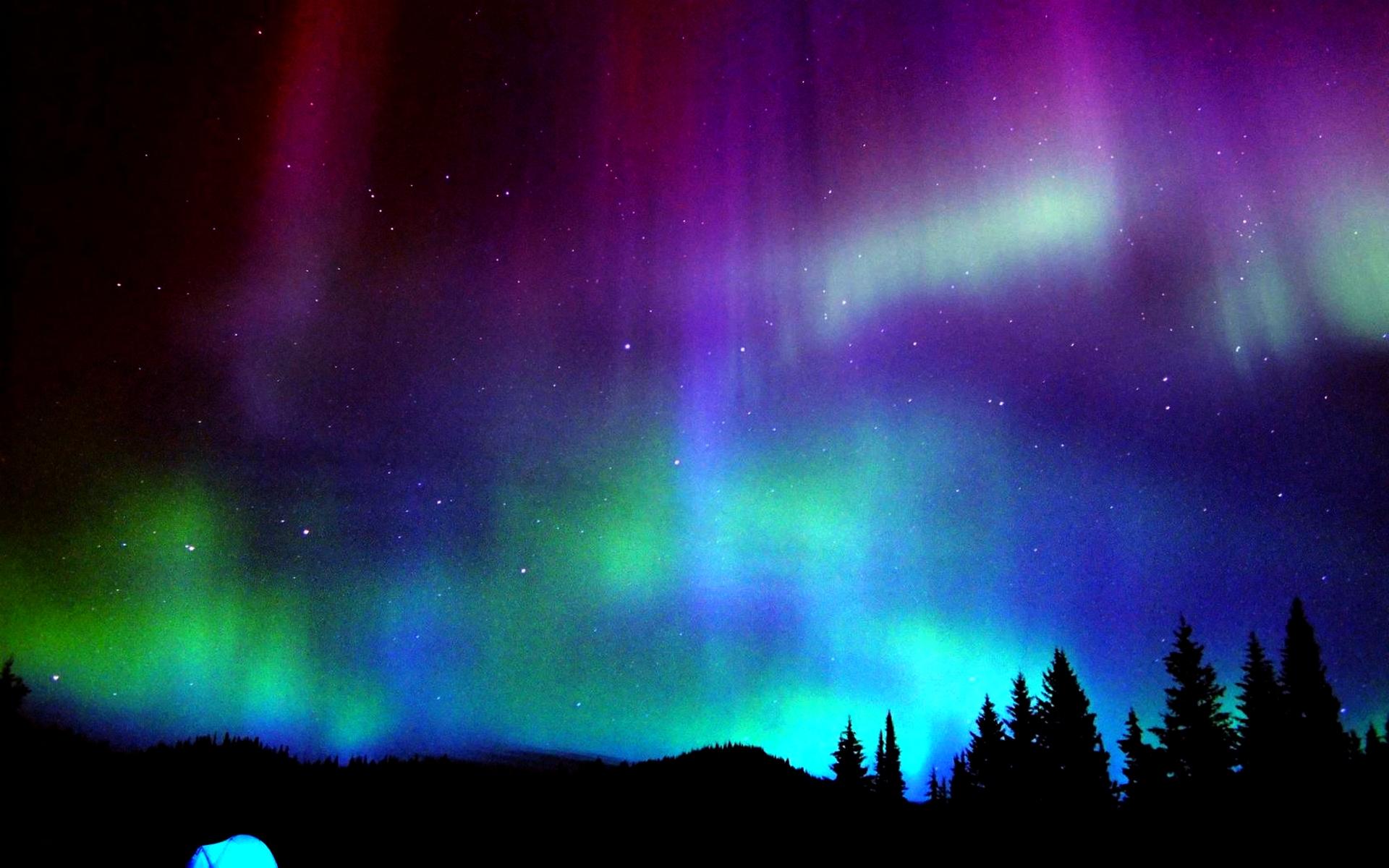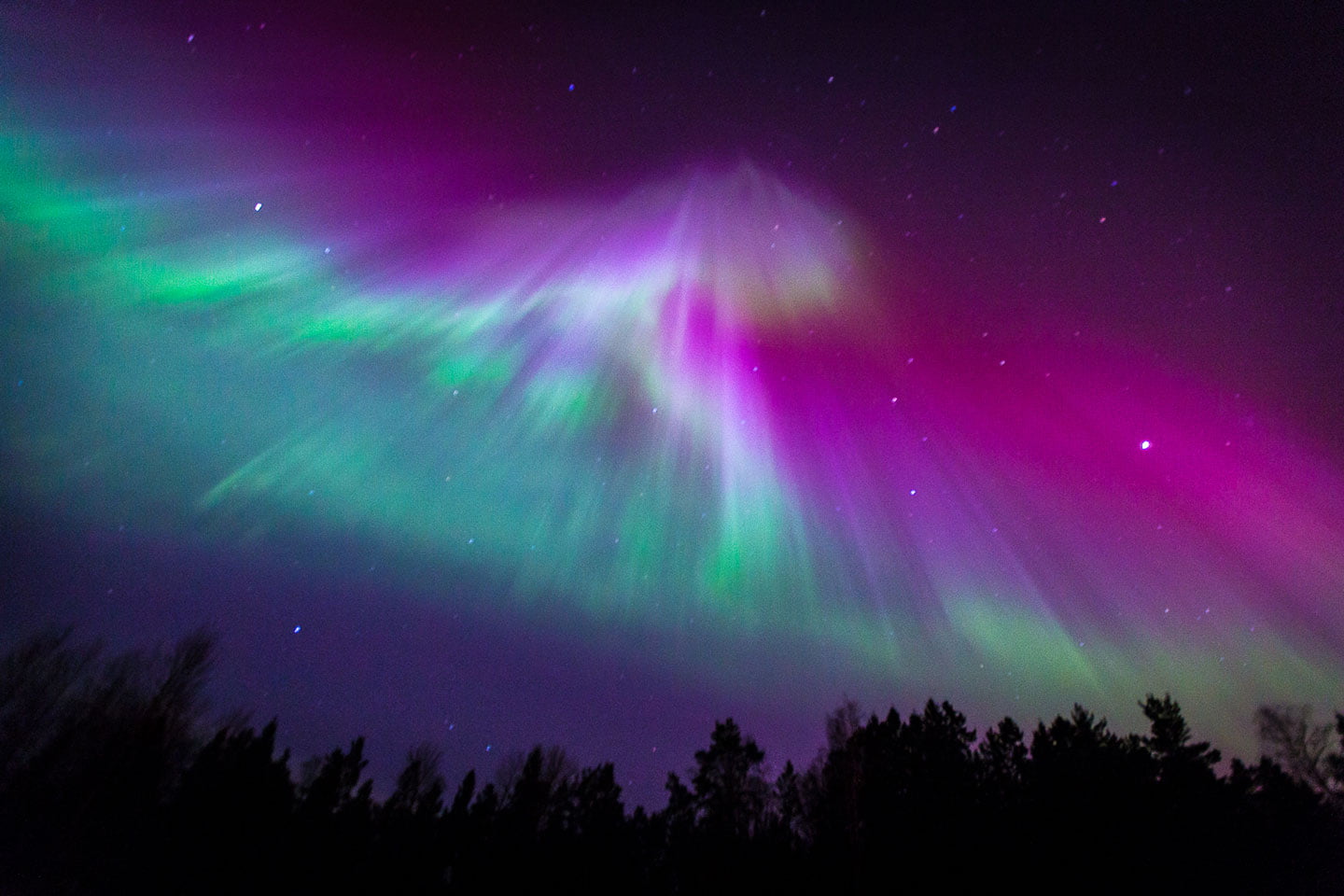Current News and Forecast for the Northern Lights (Aurora Borealis)
The Aurora Borealis, commonly known as the Northern Lights, is a spectacular natural light display predominantly seen in high-latitude regions around the Arctic and Antarctic. As interest in this phenomenon grows, many are seeking the latest forecasts and news regarding its visibility. This article summarizes the current information available on the Northern Lights forecast, including recent developments, resources for tracking auroral activity, and where to see the lights.
Recent Developments
As of September 2024, there have been several reports indicating that the Northern Lights may be visible across various regions in North America, particularly in states such as Washington, North Dakota, Minnesota, and Iowa. The National Oceanic and Atmospheric Administration (NOAA) has been actively providing updates on the auroral activity, which is influenced by solar winds and geomagnetic storms.
Key Forecasts
NOAA Aurora Dashboard: The NOAA/NWS Space Weather Prediction Center has an Aurora Dashboard that provides real-time predictions of auroral visibility. This tool includes:
- 30-Minute Forecasts: Based on the OVATION model, this forecast predicts the location and intensity of the aurora for the next 30 to 90 minutes.
- Aurora Viewline: This experimental product shows the intensity and location of the aurora for tonight and tomorrow night, indicating the southernmost locations from which the aurora may be visible.
For more details, visit the NOAA Aurora Dashboard.
Aurora Forecast Websites: Websites like Aurora Forecast provide updated forecasts and predictions for the best times to witness the Northern Lights, utilizing precise data to inform users.
Recent News Articles:
- An article from AP News reported that solar storms could lead to faint auroras visible in parts of Alaska, Washington, Montana, North Dakota, and Minnesota. The forecast suggests that these displays may occur due to recent geomagnetic activity.
- CBS News highlighted that the aurora borealis is expected to be visible again, particularly between 10 PM and 2 AM on specific nights.

Visibility Predictions
The aurora's visibility is primarily determined by geomagnetic activity, which is influenced by solar events such as coronal mass ejections. The Kp index, which measures geomagnetic activity, is a crucial factor in predicting auroral displays. A higher Kp index indicates a greater likelihood of seeing the aurora at lower latitudes.
Current Conditions
As of September 12, 2024, the aurora forecast indicates that conditions are favorable for viewing the Northern Lights in several states. The Geophysical Institute has reported high auroral activity, particularly in regions like Alaska and parts of the Northern Midwest.
Resources for Aurora Enthusiasts
For those interested in tracking the Northern Lights, several resources are available:
- NOAA/NWS Space Weather Prediction Center: Offers real-time data and forecasts for auroral activity.
- Aurora Forecast: Provides detailed predictions and updates on auroral visibility.
- SpaceWeatherLive.com: Offers insights into solar activity and its impact on auroras.
- Live Data Sites: Websites like See The Aurora provide live updates on auroral conditions.

The Northern Lights continue to captivate audiences with their stunning displays. With the help of modern forecasting tools and resources, enthusiasts can better plan their viewing experiences. As solar activity fluctuates, staying informed through reliable sources like NOAA and dedicated aurora forecast websites will enhance the chances of witnessing this breathtaking natural phenomenon.
For the latest updates and forecasts, check out the following links:
Stay tuned for more updates on the Aurora Borealis and enjoy the beauty of the night sky!
/GettyImages-498928946-59cd1dd3af5d3a0011d3a87e.jpg)




